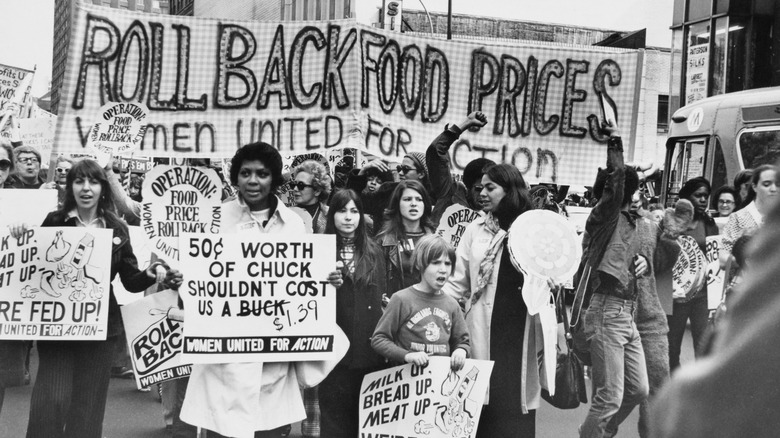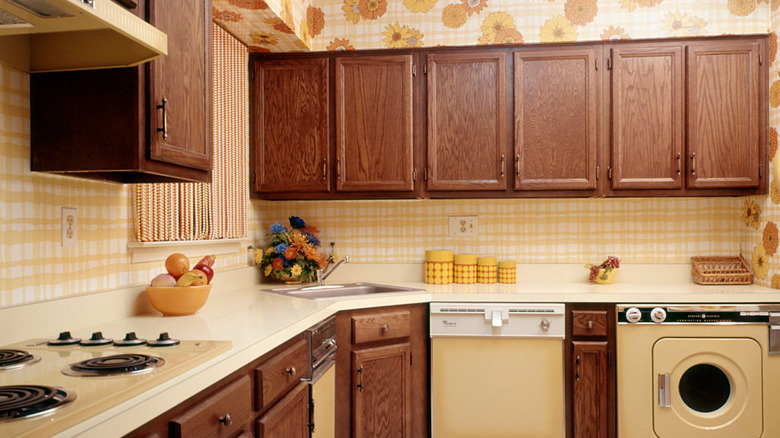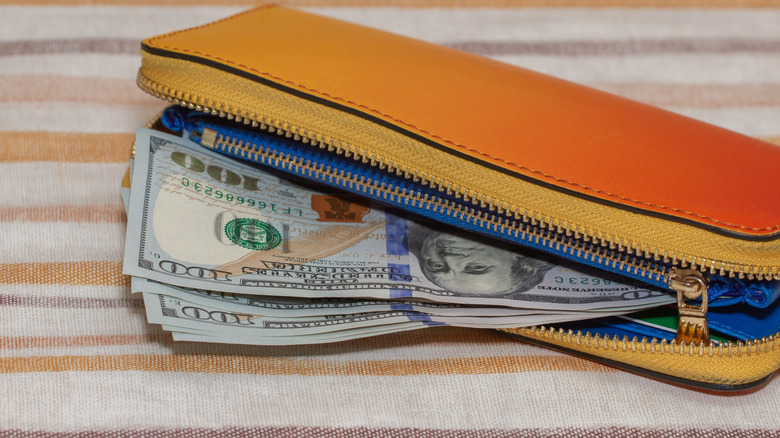The 1970s Money Habits That Still Work Better Than Today's Budgeting Apps
Many Americans live hand to mouth these days, in ways similar to the past. Economic instability in 2025 has a lot in common with economic crises of the 1970s. So, while there are some great modern budgeting apps designed to help Americans save money (or at least track their spending), it makes more sense to look to the past to come up with strong, effective saving strategies.
Today, tariffs impact family budgets. Trade war uncertainty, retaliatory tariffs, and politically motivated slashing of jobs, benefits, and federal offices have impacted the economy (and supply chains) significantly. Inflation and shrinkflation also wear on Americans, who pay very high prices for beef, coffee, bananas, dairy, and produce. Housing prices are also rising. The pricing issues of the COVID-19 pandemic paired with the uncertainty of trade and jobs of today may seem like a uniquely terrible combination. However, the economic issues of the 2020s are on par with 1970s wage stagnation, oil embargoes, and an economy stopped short by stagflation.
Sadly, just like back then, there is still nothing quite so "far out" about living paycheck to paycheck. It can be a real bummer to stretch a nickel into a dime and always feel like you're a day late and a dollar short. But rather than paying for yet another subscription-based app, it's first worth exploring some groovy frugal ways of yesteryear, like splitting grocery bills, paying with cash, and buying second-hand items.
Learn to save with food prep and grocery-sharing strategies from the 1970s
Preparing food at home is a great old-school way to save money. Keeping track of what's in stock at home can help stressed minds remember what food they already have to avoid overspending on groceries. A paper list of dry pantry goods posted inside the cabinet is a retro way to help plan meals efficiently.
Good meal stretchers like rice, beans, and oats can also be kept in the pantry. With these staples, you'll build out meals that can be more "seasoned" than loaded with pricier meats and other proteins. A cheap paper inventory can also be helpful on the front of a fridge or freezer to track what fresh food is inside. People tend to cut dining out when budgets get tight, since eating out and getting takeout costs much more than cooking at home.
Splitting groceries with others is another throwback way to save. Sam's Club and Costco memberships might seem pricey, but less so if the fees (and grocery bills) are split with neighbors, friends, and family. Food co-ops were on the rise in the '70s, and splitting grocery orders can lower prices and food waste. Instead of relying on costly delivery services, take turns with neighbors to do a combined grocery run, like in the old days. The impulse to connect with others to save and share errands, costs, and goods might seem foreign. But sharing is caring, and it helps you save money.
Cash can be king, and thrifting is often better than buying new
In the 1970s, people used to budget using envelopes and cash. The technique is known as "cash stuffing" now, as the old ways gain new legs on TikTok. There are some things you should never pay for in cash, like travel or business supplies, but this approach can help limit impulse spending on a routine shopping trip. Cash can also be saved in small amounts for emergency and fun expenses. Every pay period, take out a small amount of cash and divide it evenly in two. If you take out $20, put $10 in a "fun" coffee tin and $10 in an "emergency" coffee tin. It's a retro way to save a little money for a rough rainy day and to have a small amount of "fun" money when it is desperately needed.
Even when we really need them, brand new items aren't often in the budget. Whether you're chasing a status-symbol Coach bag or furniture, chances are, you can get it cheaper at the thrift store. There are also "no-buy" groups and deals to be made on sites like Facebook Marketplace.
Figure out the best time for deals at the local thrift store to find far cheaper options instead of buying brand new. Modern savers may likely save a buck on items that first served their counterparts back in the '70s, with a solid piece of inexpensive furniture or a truly "radical" set of vintage Pyrex. This way, you save money by shopping sustainably; do you dig it?


